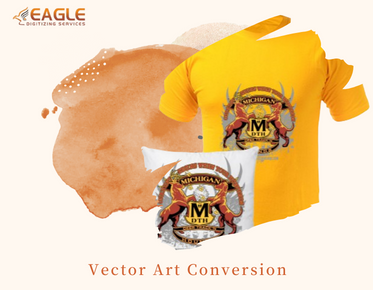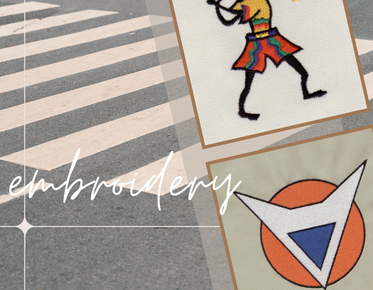What are the Best Fabrics to Use for Screen Printing?
Choosing the right fabric for screen printing is essential to achieving high-quality results that last. The fabric serves as the canvas for your designs, and its qualities can greatly affect the outcome of your print work. In this blog, we'll explore the best fabrics for screen printing, providing insights into their characteristics and why they are ideal for this popular printing method.
Cotton: The Gold Standard
Cotton is often regarded as the best fabric for screen printing, thanks to its natural fibers and strong absorbency. These properties allow the ink to bind effectively to the fabric, resulting in vibrant and long-lasting prints. Cotton is widely used in screen printing due to its versatility and comfort. Whether you're printing t-shirts or tote bags, cotton offers a reliable base that ensures clarity and detail in the final product.
Polyester: A Modern Favorite
Polyester has gained popularity in the screen printing industry, largely due to its durability and color retention properties. Unlike natural fibers, polyester resists shrinkage, making it ideal for garments that need to maintain their shape after numerous washes. Screen printing on polyester often requires special inks or methods to ensure adhesion, but the investment in adapting your technique can be well worth it for the vivid results it produces.
Blended Fabrics: Combining Benefits
Blends such as poly-cotton are becoming increasingly popular as they combine the comfort of cotton with the durability of polyester. This type of fabric takes advantage of the best features from both fibers, offering softness, strength, and superior printability. When using blended fabrics for screen printing, it’s important to adjust your techniques and inks accordingly to ensure compatibility and longevity.
Nylon: For Specialty Items
Nylon is another suitable fabric for screen printing, especially for items like jackets, bags, and outdoor gear. It's lightweight, strong, and resistant to abrasions. However, nylon requires special considerations during the printing process, such as using the correct inks and curing methods to prevent the dye from bleeding or feathering. With the right approach, nylon can provide stunning results that withstand the elements.
When it comes to screen printing, choosing the right fabric can make all the difference in achieving professional-grade results. Each fabric type has its unique properties that can enhance or challenge the printing process. That's why understanding these materials is crucial for anyone looking to excel in screen printing—whether it's a small business owner, a custom t-shirt store owner, or a screen printer【4:0†source】.
If you're looking for professional assistance, Eagle Digitizing offers a comprehensive range of vector conversion services that cater to different printing needs, including vector art services. Their expertise spans various printing methods, ensuring that your artwork is perfectly prepared for print, delivering exceptional detail and quality every time. Eagle Digitizing's services are trusted across numerous platforms and industries【4:0†source】. Explore their vectorizing services to elevate your screen printing projects【4:4†source】.
Looking ahead, the choice of fabric will continue to evolve with advances in textile technology and consumer preferences. As screen printing techniques advance alongside fabric innovations, staying informed about new materials can give you a competitive edge. Always be ready to experiment and adapt, ensuring your prints remain at the cutting edge of quality and design.


